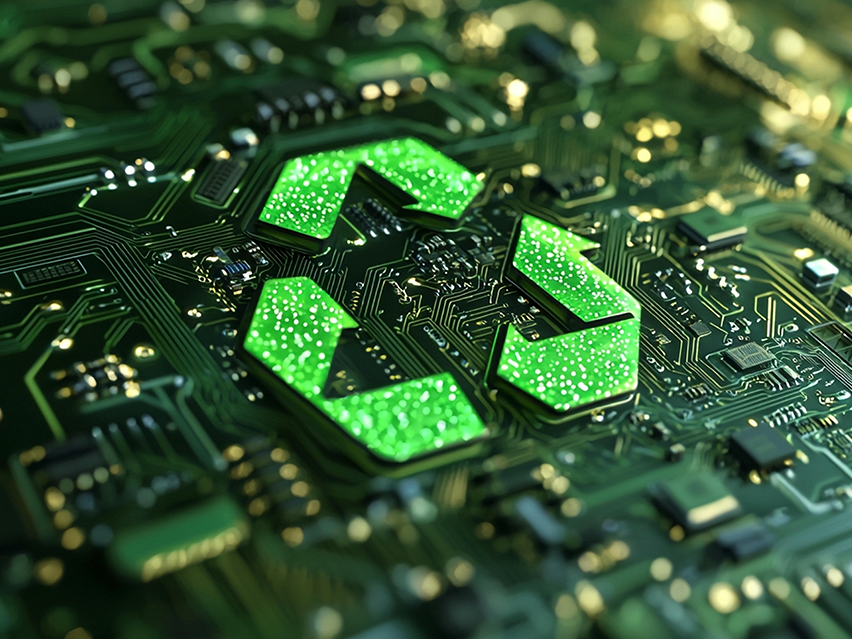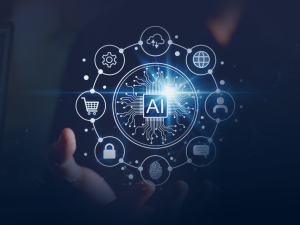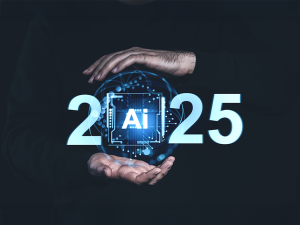Picture this: you’re building a house. Not a weekend shack or a summer cabin—something meant to last generations. Would you slap it together with cheap materials and ignore the plumbing, just because it’s quicker? Probably not.
Software and sustainable technology aren’t all that different.
Like that house, sustainable software is not about quick fixes or racing to market—it’s about building with intention. It’s grounded in sound architectural decisions, thoughtful design patterns, and resilient codebases that evolve gracefully over time. Just like a home designed to endure decades, sustainable software must support growing teams, shifting requirements, and an expanding user base, without collapsing under its own weight.
But in today’s world, sustainability isn’t just about long-term usability. It also includes environmental responsibility. And that’s where green IT practices come in.
What Exactly Is Green Coding?
Green coding is the practice of writing energy-efficient software by optimizing resource usage, CPU, memory, and storage. The goal? To reduce the carbon footprint of digital systems.
For example, instead of repeatedly querying a database inside a loop, fetching the data once and processing it in-memory can significantly cut down on compute time and energy consumption, especially in large-scale applications.
At its core, green coding supports both performance and sustainability, making software more efficient, more responsible, and more future-ready.
Why Is This So Important Today?
The need for sustainable technology is urgent. The ICT sector is projected to account for up to 14% of the global carbon footprint by 2040.
A major chunk of this comes from energy consumption—data centers alone consume over 70 billion kWh of electricity each year. And that’s just the start. The industry also depends heavily on the extraction and refining of rare materials, which is both energy-intensive and environmentally damaging.
For instance, manufacturing a single smartphone can require up to 12,760 liters of water. That’s the hidden cost of digital progress, and why we need to think smarter about the tech we build and use.
How We’re Making Sustainable Tech a Daily Practice
Let’s be honest, sustainable tech gets thrown around a lot these days. But for us, it’s not a trend. It’s a daily practice.
From writing cleaner code to supporting systems that grow and adapt, we treat sustainability as something we build into our process, not something we bolt on later.
Here’s how we bring it to life:
- Clean code is our starting point
Efficient, readable code reduces waste of both computing power and developer time. - Picking the right tools for the long haul
We select tech stacks that are stable, efficient, and support our long-term software strategy. - Build once, support for years
Our systems are designed to scale and adapt, not be replaced every few years. - Keep it light on the planet
Whether it’s reducing API calls or optimizing storage, we stay conscious of the energy consumption behind our code. - Grow the mindset, not just the product
Sustainability is cultural. We train teams to make everyday choices that align with long-term impact. - Always improving
We constantly review and refine, asking: “How can this be better, for the user and the environment?”
Because to us, sustainable technology isn’t just about today—it’s about building something that holds up tomorrow.
Conclusion:
Sustainability in tech isn’t a side project. It’s a mindset, a way of thinking about how we build, maintain, and scale what we create.
By committing to clean code, thoughtful design, and long-term strategy, we’re doing our part to move from green talk to green IT practices. It’s not perfect, and it’s always evolving. But we believe responsible software is better software, not just for the planet, but for the people who build and use it.
Because real sustainability isn’t about hype. It’s about building something that lasts—technically, environmentally, and culturally.
Explore further
Discover more Articles and stay in the know.




